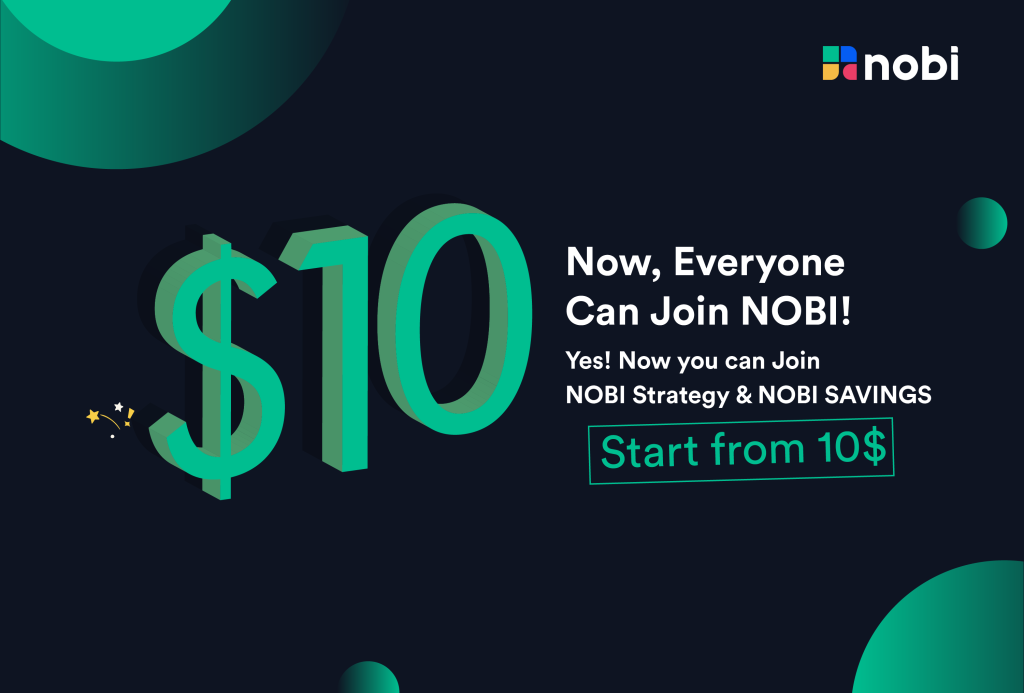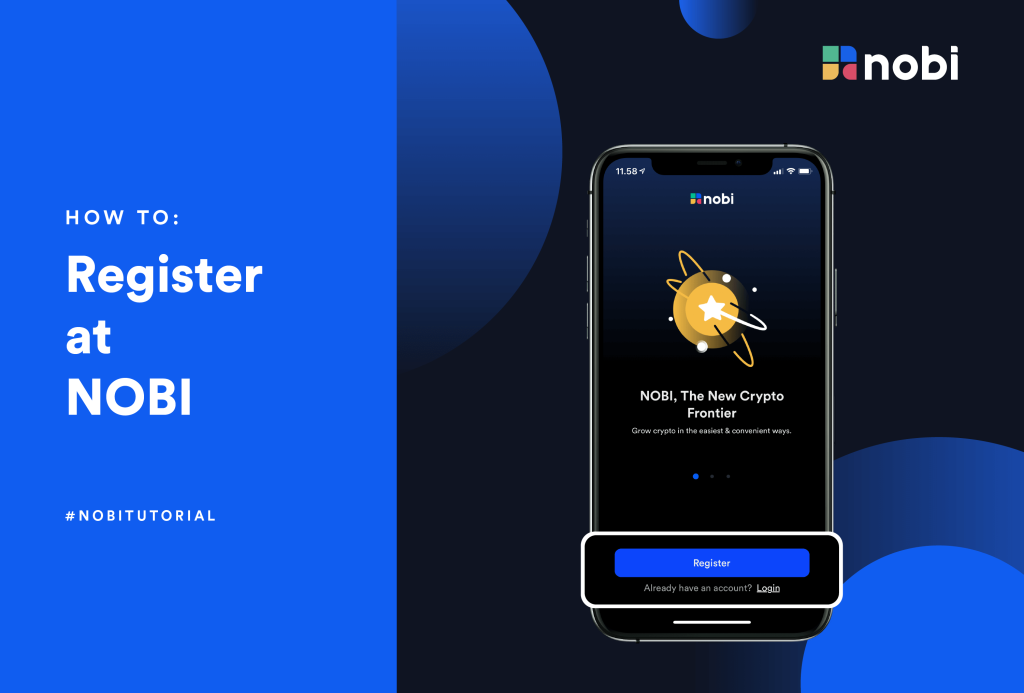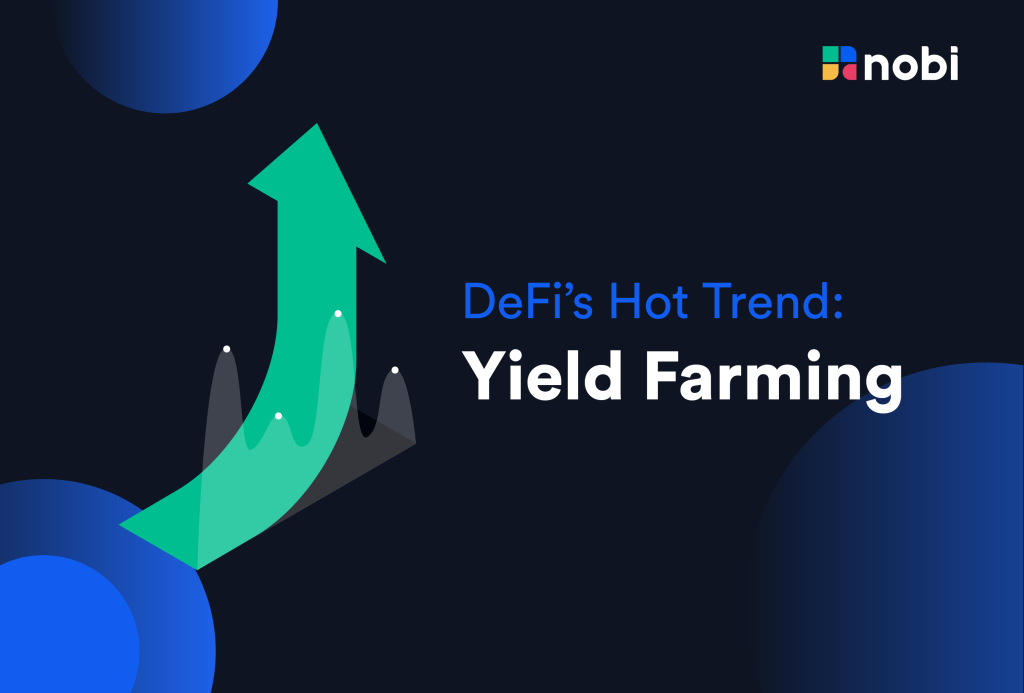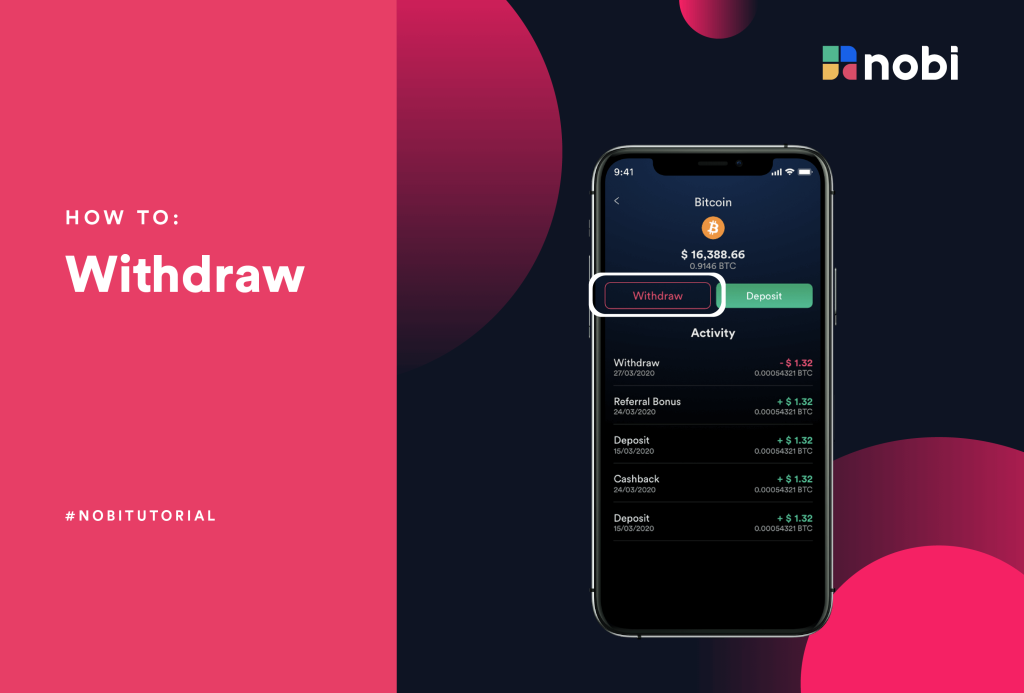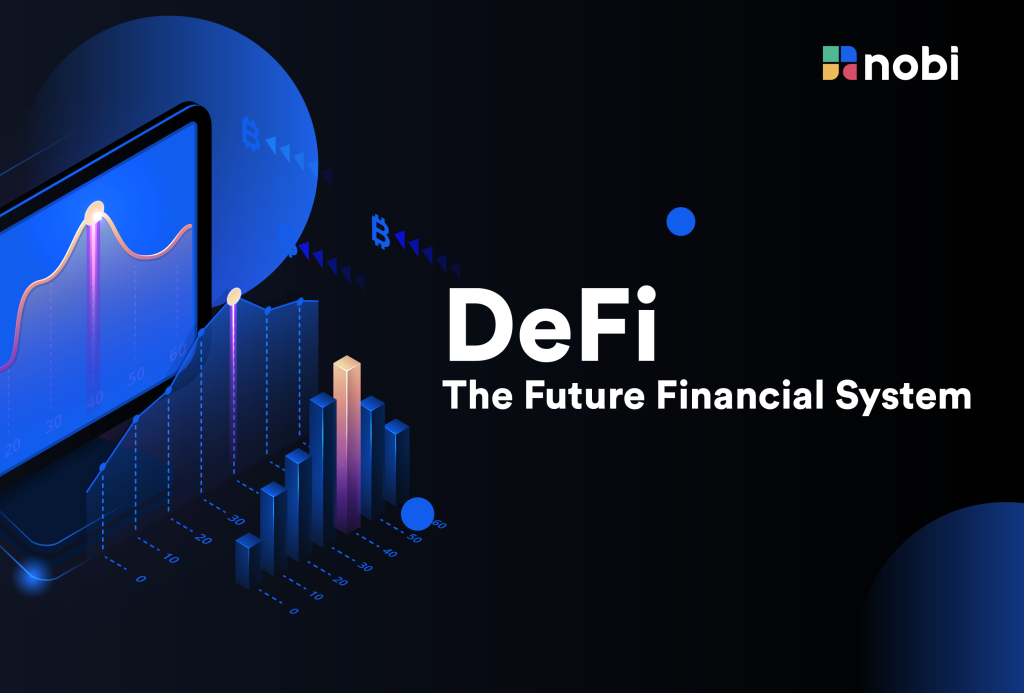Article Summary
- Tokenomics evaluates a cryptocurrency’s core properties to compare tokens and make better conclusions. It uncovers market capitalization, supply, inflation or deflation, how new tokens are allocated, and utility.
- In a crypto economy, tokenomics determines how tokens are distributed and their utility, which affects demand. Supply and demand affect price, and incentives can boost the value of projects.
- The majority of tokenomics are written into the computer code of a given cryptocurrency by its original inventors, and all of these decisions are decided at the protocol level.
Tokenomics, a combination of “token” and “economics,” is a catch-all term for the characteristics that provide a certain cryptocurrency value and attraction to investors. This covers everything from a token’s supply and issuance method to factors like its utility.
Tokenomics is defined as the analysis of a cryptocurrency’s core properties, which can be used to compare tokens to one another and help in better decisions. It considers characteristics including market capitalization, supply, inflation or deflation, the way new tokens are allocated, utility, and a variety of other elements.
The usefulness — or utility — of a cryptocurrency is undoubtedly one aspect you would take into account when determining if its price makes sense. A token may serve a variety of purposes, including paying the gas fees necessary to execute smart contracts on a blockchain network or giving the owner a say in how a protocol is developed. Utility, however, is only one factor in a token’s price that is influenced.
Some fundamental characteristics built into the design of any cryptocurrency, such as token supply, are among a wide range of other elements (both how much of it there is currently in present time and how much there will be in the future). You should look at each project’s “token economics,” also known as tokenomics, if you want to understand the wider picture of the variables that affect token price.
The market price of each cryptocurrency is significantly influenced by its distinct tokenomic structure. Making effective trades requires an understanding of the components that go into a cryptocurrency’s tokenomic structure, which is vital to understanding the basic worth of any given cryptocurrency.
Token Supply and Market Capitalization
- Token Supply
The total supply of tokens should always be considered while evaluating a cryptocurrency. Typically, cryptocurrencies with a limited total supply may see an increase in value over time. This occurs as a result of the market being in short supply due to scarcity. In order to achieve equilibrium in a shortage, prices must rise. The final coin is anticipated to be produced around the year 2140 for Bitcoin (BTC), for example, which caps the total supply at 21 million coins. On the other side, there are 508 million Solana (SOL) in total supply.
- Market Capitalization
Market capitalization and cryptocurrency supply are closely correlated. The market capitalization of a token is calculated by multiplying the number of coins in circulation by the current market price of a single coin.
Market capitalization is a key element to consider before investing. A lower market capitalization may indicate that the coin has greater growth potential. This is the case for cryptocurrencies having a market capitalization of less than $1 billion. Large-cap cryptocurrencies (market capitalization greater than $10 billion) may be a safer investment, but their growth potential is typically lower.
The Fundamental Concepts of Tokenomics
The incentives that attract investors to purchase and keep a particular coin or token depend on the way a cryptocurrency’s economy is set up. Each cryptocurrency has a unique monetary policy, similar to how different fiat currencies are from one another.
The incentives that define how a token will be distributed and the usefulness of the tokens that affect their demand are both determined by tokenomics in a crypto economy. Price is greatly influenced by supply and demand, and projects with the appropriate incentives may see a significant increase in value.
The primary parameters that developers change to influence tokenomics are listed below:
- Mining and staking
Mining serves as the primary incentive for a decentralized network of computers to validate transactions on base layer blockchains like Ethereum 1.0 and Bitcoin. Here, individuals who dedicate their computational power to finding new blocks, filling them with data, and adding them to the blockchain are rewarded with new coins.. Staking compensates those who perform a similar role but by locking away a number of tokens in a smart contract instead.
- Yields
High yields are provided by decentralized financial platforms to attract users to purchase and stake tokens. Tokens are staked in liquidity pools, vast pools of cryptocurrency that drive services like lending systems and decentralized exchanges. New tokens are issued as payment for these yields.
- Token burns
For the purpose of reducing the amount of currency in circulation, certain blockchains or protocols “burn” tokens, or remove them from circulation forever. Reducing a token’s supply would help to boost its price because as the tokens that remain in circulation grow more rare, they should become more in demand.
- Limited vs unlimited supplies
The maximum supply of a token is determined by tokenomics. For instance, according to the tokenomics of Bitcoin, only 21 million coins can ever be produced, with the final coin scheduled to enter circulation in the year 2140. In contrast, Ethereum has no maximum limit, despite the annual constraint on its issuance.
- Token allocations and vesting periods
A comprehensive token distribution is accounted for in several cryptocurrency initiatives. Venture investors or developers frequently have a set number of tokens reserved for them, but the catch is that they can only sell those tokens after a specified period of time. Over time, that inevitably has an impact on the coin’s supply that is in circulation. It is ideal for a project’s team to have put in place a method where tokens are distributed in a way that has the least negative influence on the token’s price and circulating supply.
Who Makes Decisions on Tokenomics?
The majority of tokenomics are built into a specific cryptocurrency’s computer code by its original creators, and all of these decisions are made at the protocol level. A corresponding white paper, which is an in-depth document that lays out what the proposed cryptocurrency will do as well as how it and any underlying technology would work, is sometimes used to outline a cryptocurrency’s tokenomics prior to its release.
Closing Thoughts
A solid understanding of tokenomics helps to guide you with the fundamental skills needed to evaluate a crypto project. You may learn about the supply and demand for tokens by reading their docs or white paper. You will be able to determine how their team is driving token demand and objectively estimate its future prospects.
Tokenomics is a core part in deciding how a token will perform against the U.S. dollar, Bitcoin, and altcoins. The findings of these analyses can tell you whether or not the developers have introduced any innovative, useful concepts for token distribution. To maximize the return on your investment, it is best to focus on projects that have solid tokenomics.
Related Article















- 1
- 2



